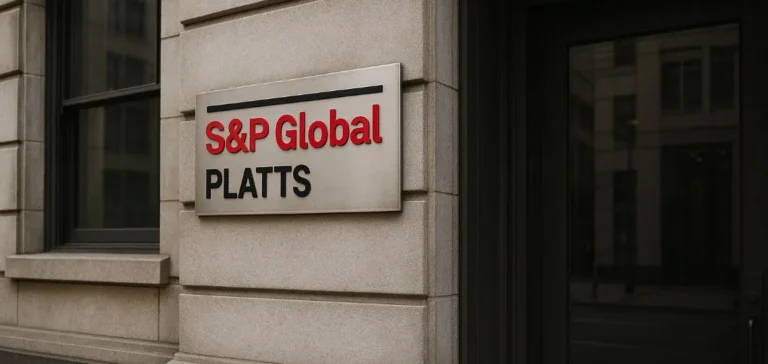The standardization and traceability of carbon credits take a new step forward with the announcement of a strategic partnership between Verra and S&P Global Commodity Insights. This project aims to develop a scalable digital infrastructure to support the integrity and efficiency of global carbon markets. The primary objective of this collaboration is the creation of a next-generation registry designed to meet increasing demands for transparency and connectivity in a rapidly expanding market.
An Infrastructure Designed for the Carbon Markets of Tomorrow
Verra, recognized as the leading global standard-setter for climate action, will collaborate with S&P Global Commodity Insights, a top provider of commodity information and registry infrastructure. This technological cooperation is built on the Environmental Registry software platform developed by S&P, which will centralize verification data, strengthen the traceability of carbon credits, and streamline their management throughout their life cycle.
The new registry will incorporate advanced tools for credit identification and tracking, including transactional application programming interfaces (APIs) that enable automated transfers and retirements. These features are intended to improve operational efficiency for brokers, marketplaces, and project developers, while maintaining compatibility with existing platforms such as CBL and Xpansiv Connect.
Toward Enhanced Standardization of Credit Life Cycles
A key element of this initiative is direct integration with the Verra Project Hub, simplifying the full lifecycle management of a project from registration to credit issuance. This interoperability will reduce redundant administrative tasks for project developers and accelerate verification and issuance timelines.
The first phase of the registry rollout is planned within the next six months, followed by a second phase in 2026. The resulting infrastructure will also support future developments related to Article 6 of the Paris Agreement and the Carbon Offsetting and Reduction Scheme for International Aviation (CORSIA), with the aim of enabling connections between governments, markets, financial platforms, and insurers.
A Technical Lever for a Structuring Market
Verra will provide dedicated support to its users to ease the transition to the new platform. A training and communication plan will be implemented starting in September to outline access procedures, new functionalities, and the migration timeline. The customizable reporting tools included in the registry will offer buyers more detailed insights into projects and credit histories, a key element for institutional players evaluating risks and ensuring compliance.
This joint initiative positions Verra and S&P Global Commodity Insights as catalysts of a long-anticipated technical transformation in carbon markets, relying on interoperability, automation, and data reliability to build an ecosystem capable of meeting growing demand for verified environmental assets.






















